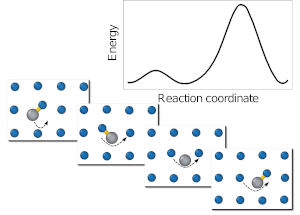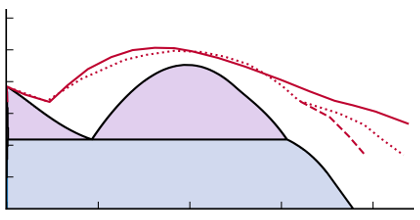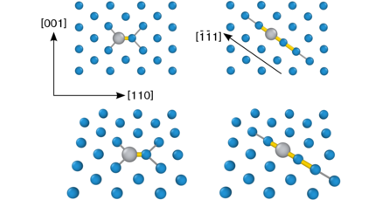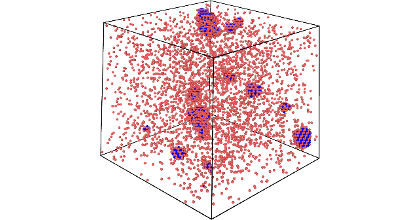Defect properties in dilute tungsten alloys from first-principles calculations
L. Gharaee
Licentiate Thesis
(2015)
url: https://research.chalmers.se/publication/217173
Download PDF

The sustainable production of energy from renewable sources represents one of the biggest challenges of modern societies, especially as the worldwide demand for energy continues to increase. Power production based on nuclear fusion is a very attractive option in this regard. A major obstacle with respect to the construction of fusion power plants concerns the development of materials that can tolerate the extreme conditions caused by the high-energy neutron flux generated by the fusion plasma.
In this context, tungsten based materials are considered for applications in fusion reactors, especially as armour materials at the divertor and the first wall. This interest is motivated by promising physical properties such as high melting point, low coefficient of thermal expansion, high thermal conductivity, and high sputtering resistance.
In this thesis, the properties of dilute tungsten alloys have been studied by means of first-principles calculations based on density functional theory. Specifically, I investigated the thermodynamic and kinetic properties of intrinsic and extrinsic defects produced during irradiation. Interstitials generally have large formation energies due to large strain fields associated with the defect core; they are, however, produced during irradiation. The calculations show that Ti, V and Re trap self-interstitials produced during irradiation. Mixed interstitial migration proceeds via a non-dissociative mechanism and is faster than the migration of vacancies. This aspect is particularly important with respect to our understanding of radiation induced segregation and radiation induced precipitation.
The results are discussed in the context of the application of tungsten alloys for structural elements in fusion environments.



